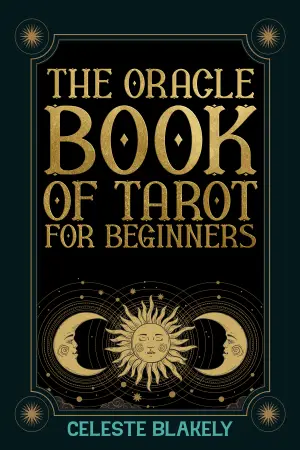Reflecting on "The Girl on the Train" by Paula Hawkins: A Journey of Intrigue and Introspection
When a book garners as much attention as The Girl on the Train, it naturally piques curiosity. With a title that has been heralded as the fastest-selling adult hardcover fiction debut ever, I found myself asking whether its popularity was richly deserved or merely a fleeting buzz. As I dove into Paula Hawkins’ thriller, I anticipated a high-speed intellectual ride—one I hoped would not derail.
At the heart of the narrative is Rachel Watson, a woman grappling with the aftermath of her failed marriage and a troubling relationship with alcohol. Her daily train rides become a ritual where she observes a suburban couple whose lives she longs to imagine as perfect. But when the woman in the couple goes missing, Rachel’s immersion in their story turns transformative, prompting her to become an unwitting investigator in a web of deceit, desire, and desperation.
Hawkins crafts a narrative that is as riveting as it is unsettling. The book is framed through the eyes of three narrators—Rachel, the missing woman Megan, and Anna, Rachel’s ex-husband’s new wife—each navigating their own complexities and secrets. This multi-perspective approach gracefully intertwines their lives, creating a tapestry of unreliable narratives that filled me with both intrigue and frustration. I appreciated Hawkins’ skill in weaving together timelines, each chapter marked by succinct headings that made for a perfect “read on the go” experience, much like Rachel’s own train rides.
However, therein lies both the charm and flaw of the story. While I found Rachel to be a compelling yet deeply flawed protagonist, her catastrophic drinking problem continually muddied the waters of her narration. I couldn’t help but feel distanced from her at times. It was a battle between empathy and exasperation; her repeated lapses in memory dimmed the urgency of her quest and led to moments that were more perplexing than thrilling.
But perhaps what struck me most was the keen exploration of truth and deception. The unreliable narrator trope can often feel gimmicky, yet Hawkins employs it thoughtfully, forcing readers to confront our innate desires for clarity in chaotic circumstances. As one character muses in the book, “Everyone has something to hide,” this admonition reverberated long after I turned the last page.
While I may not have emerged from this thriller unwaveringly captivated, I understand why others have found themselves riveted. The pacing is brisk, the plot is enshrouded in suspense, and the themes of longing and heartbreak resonate universally. For readers looking for a psychological thriller that plumbs the depths of the human psyche, The Girl on the Train may just be the ticket.
In the end, who might enjoy this ride? If you find yourself drawn to stories about complex characters facing the shadows of their pasts, or if you simply seek a literary escape while on your own train commute, this book may find its place on your shelf. As for me, though I appreciated Hawkins’ ambition and storytelling, I left with a feeling of dissatisfaction, akin to stepping off a train that never quite reached its destination. Nonetheless, my literary journey with The Girl on the Train served as an invitation to think critically about both storytelling and the human experience—an exit from which I emerged somewhat wiser.
Happy reading, fellow book lovers!



















